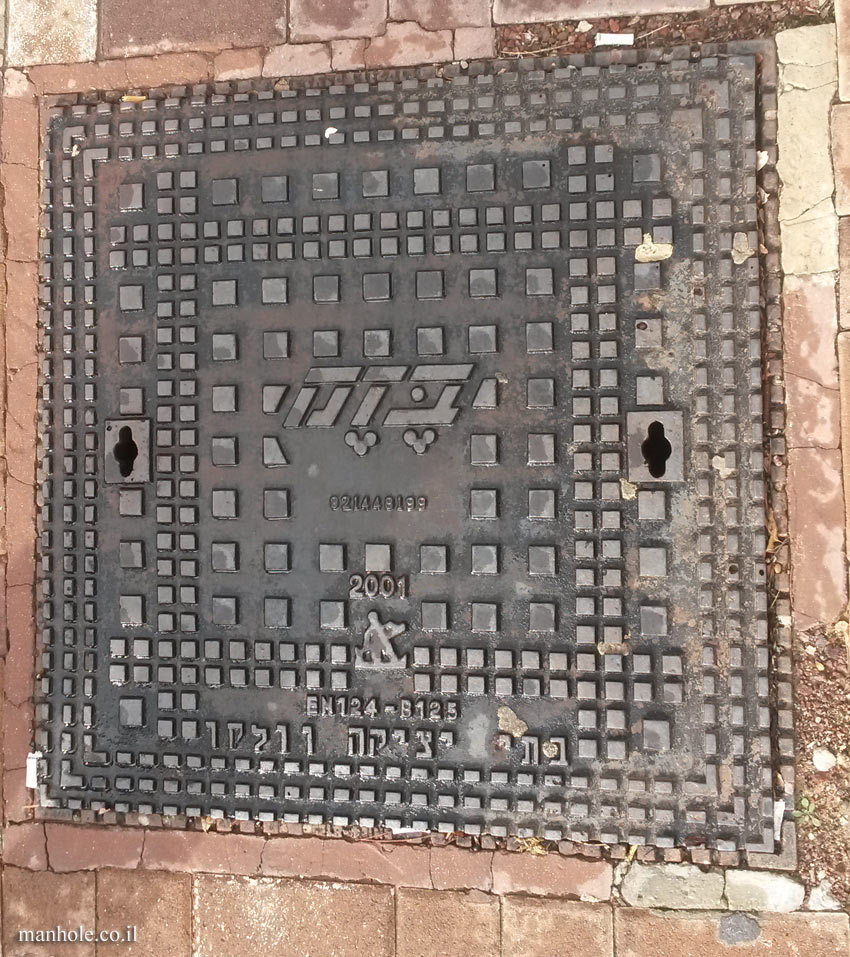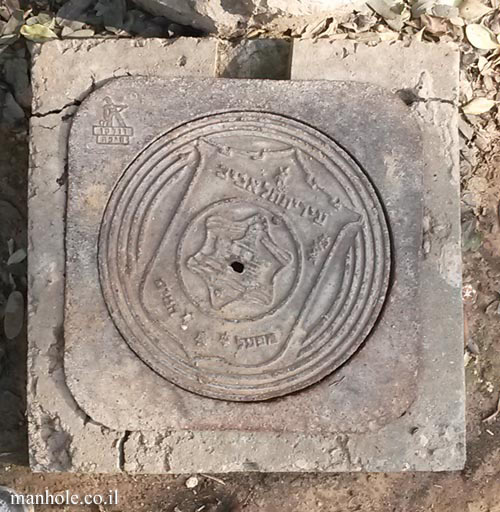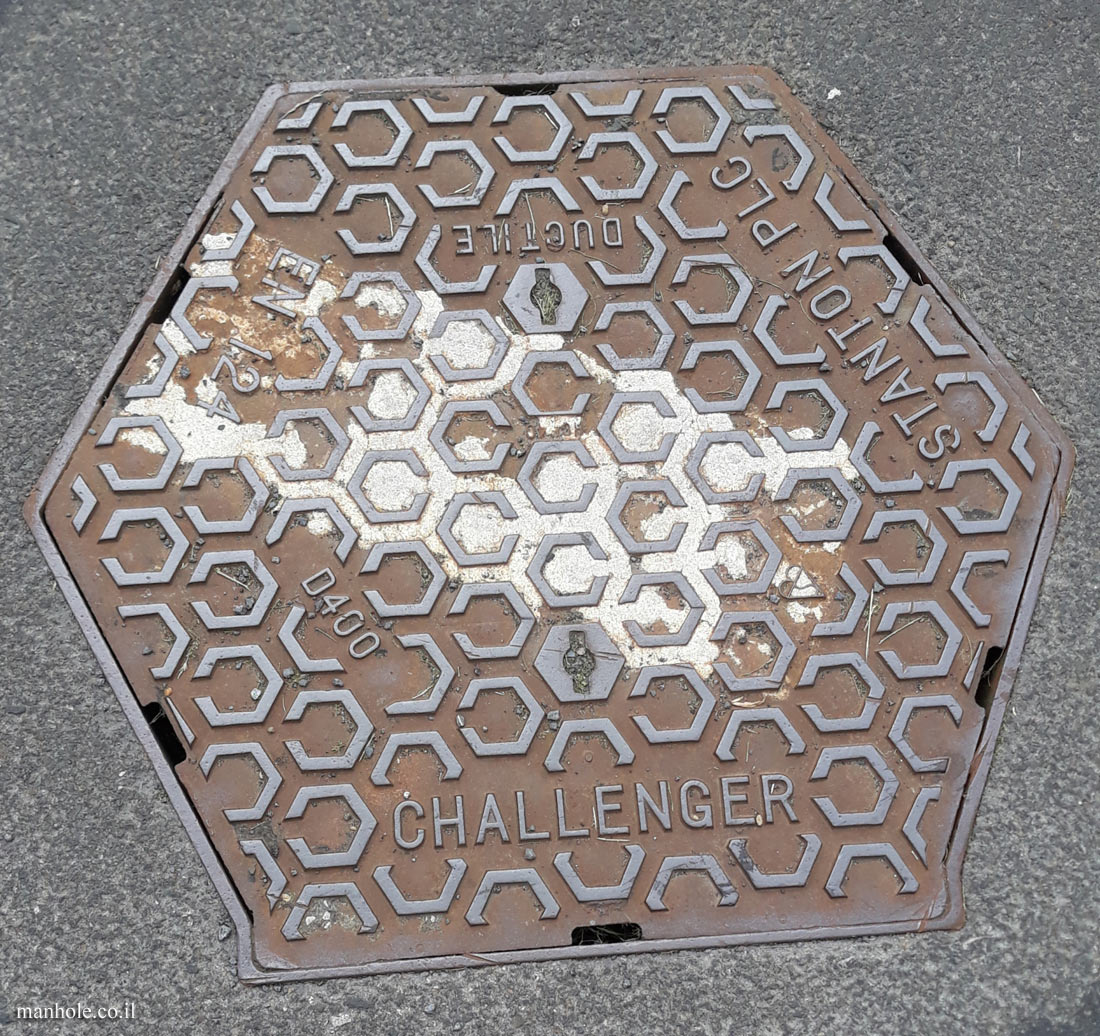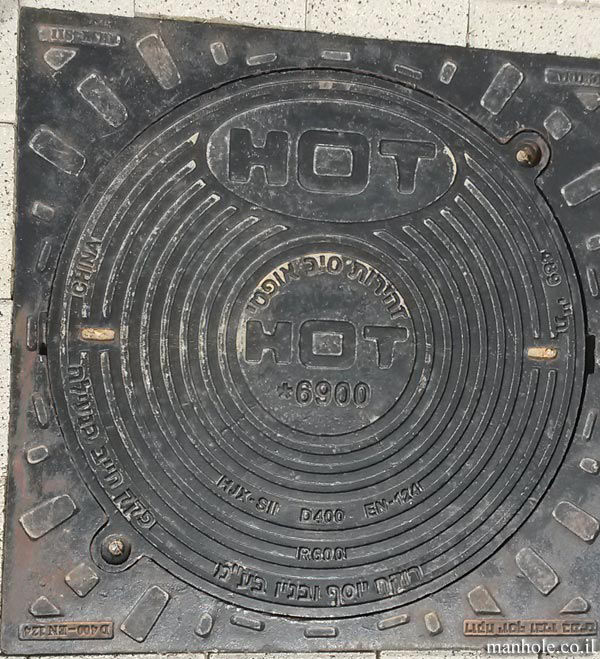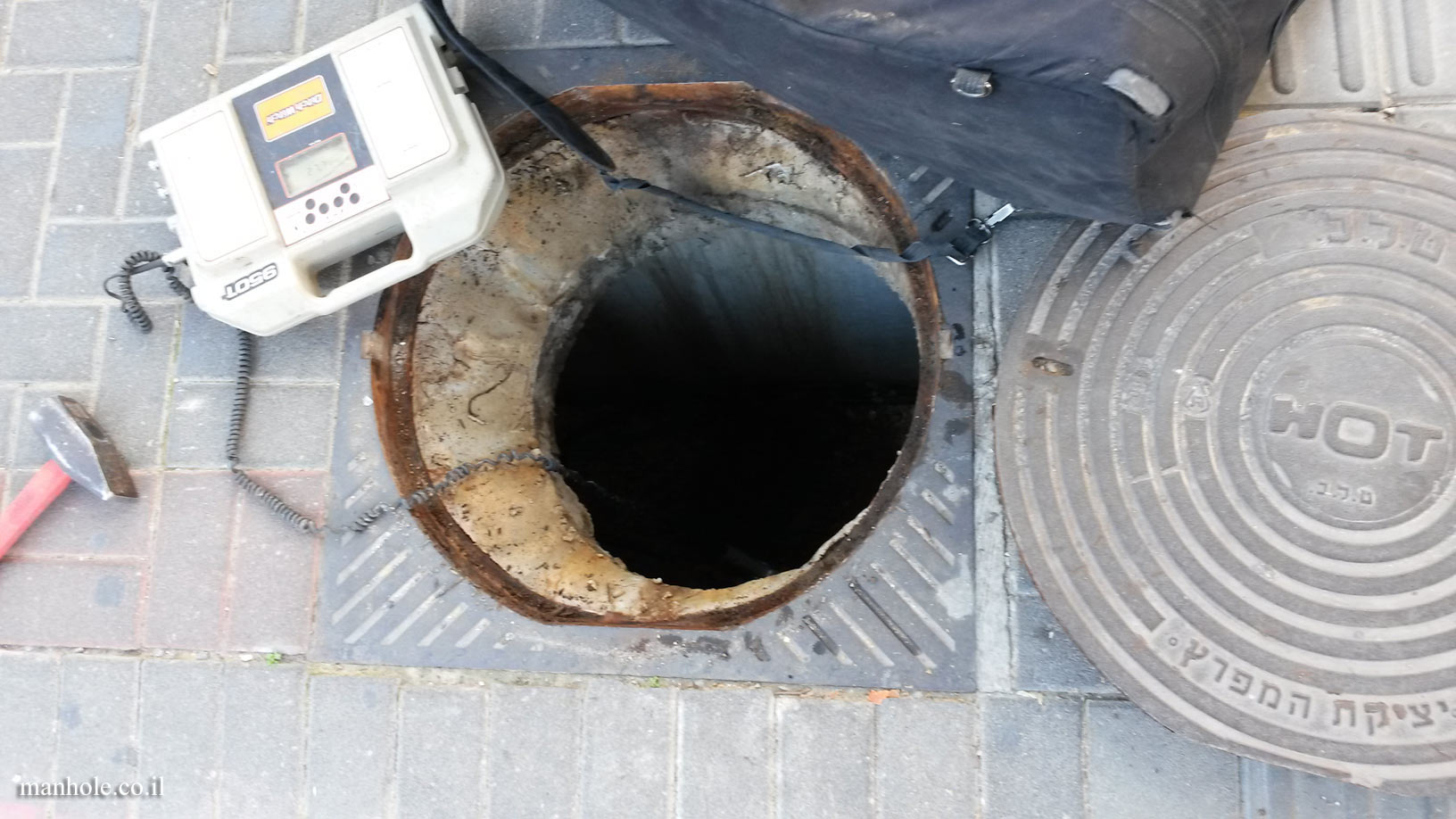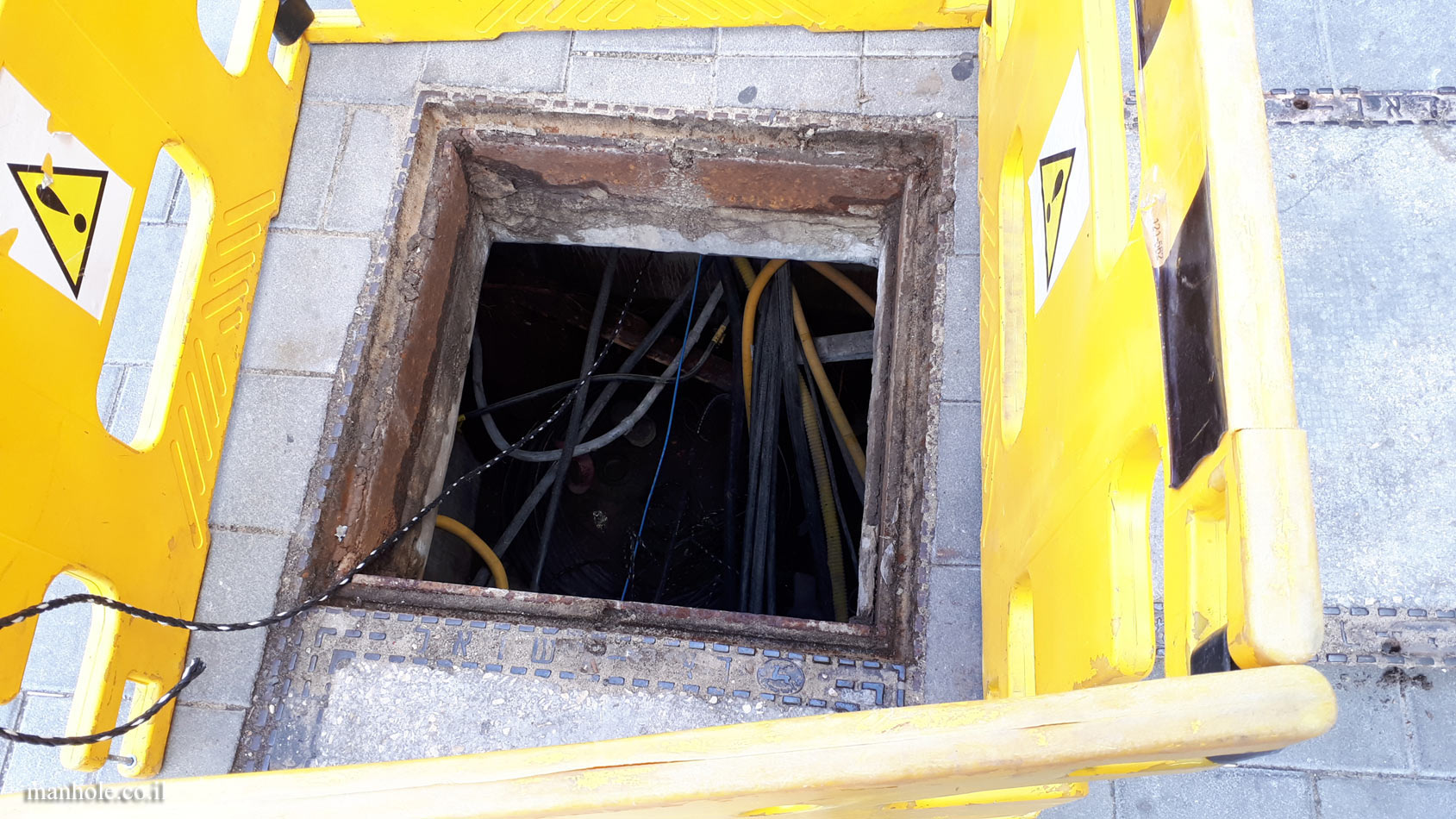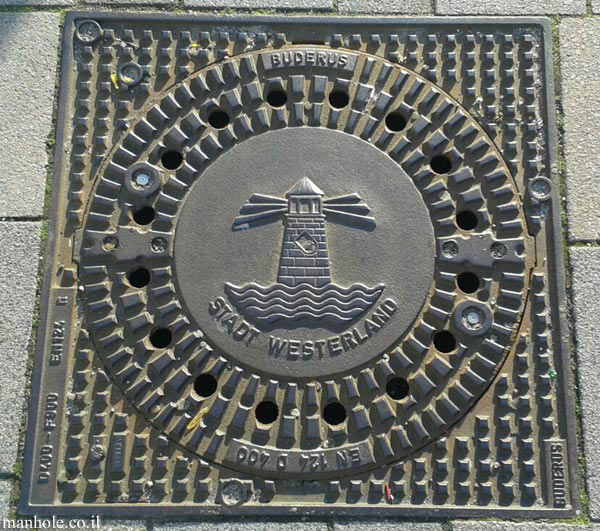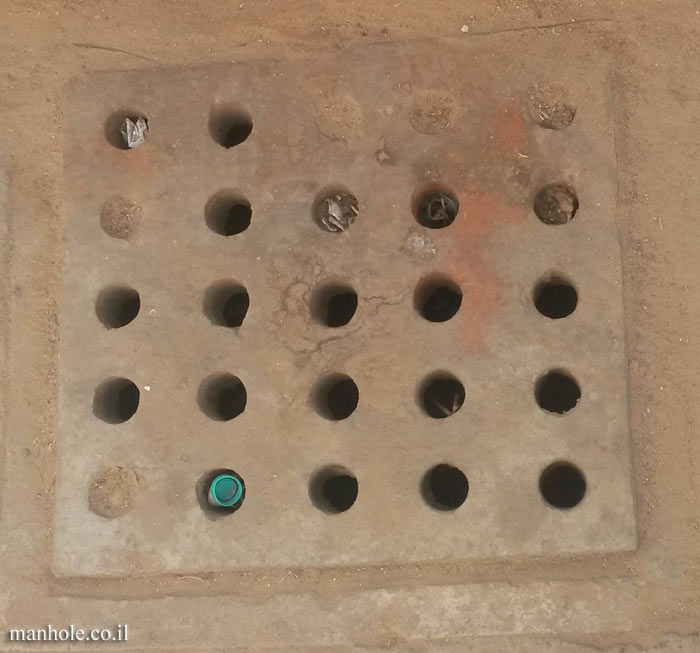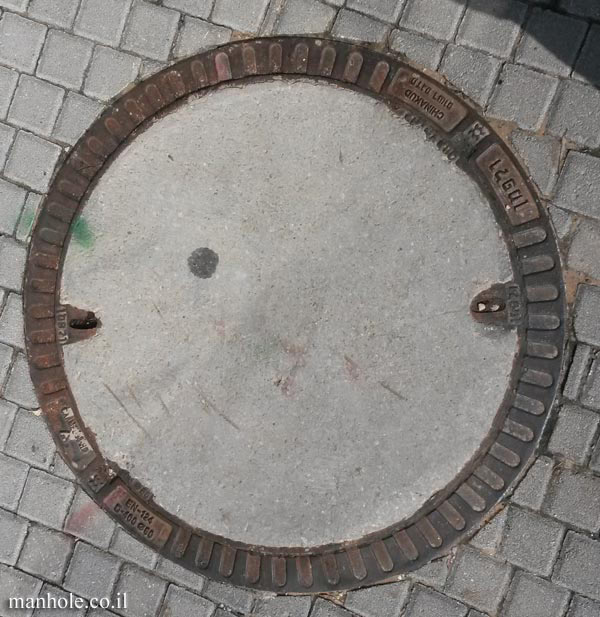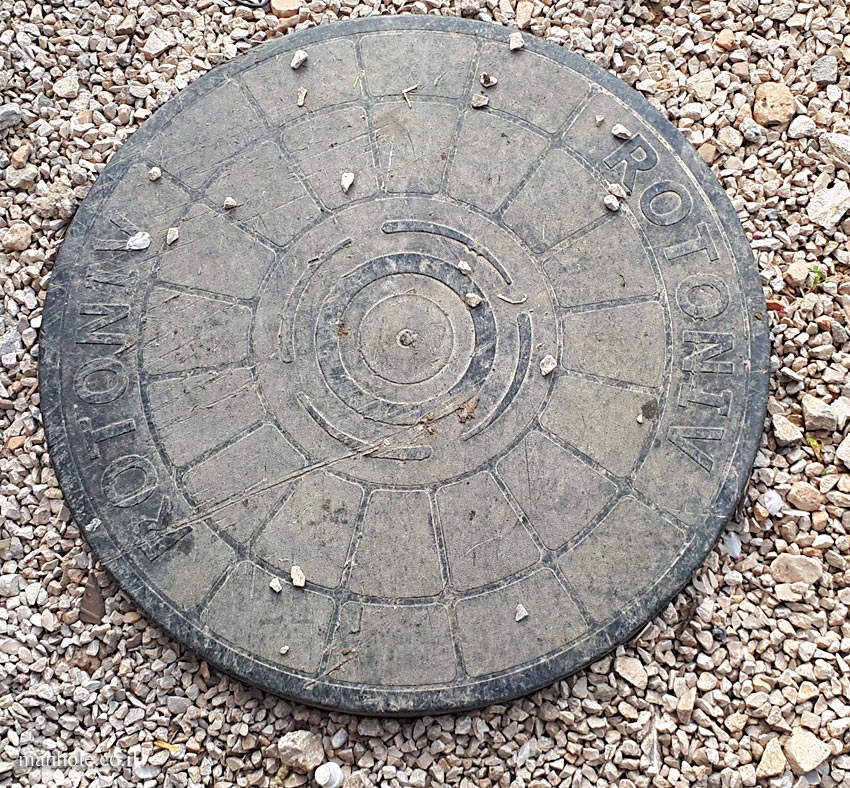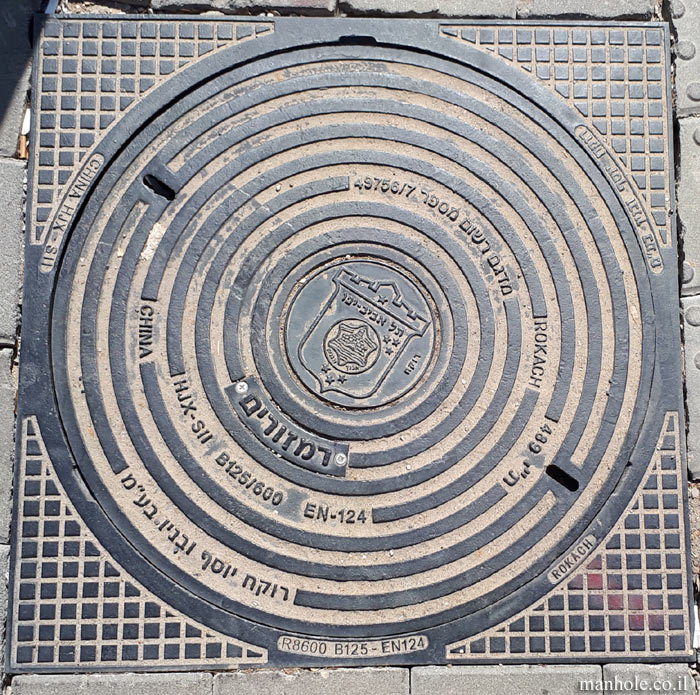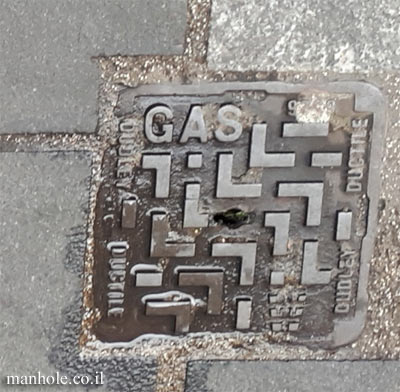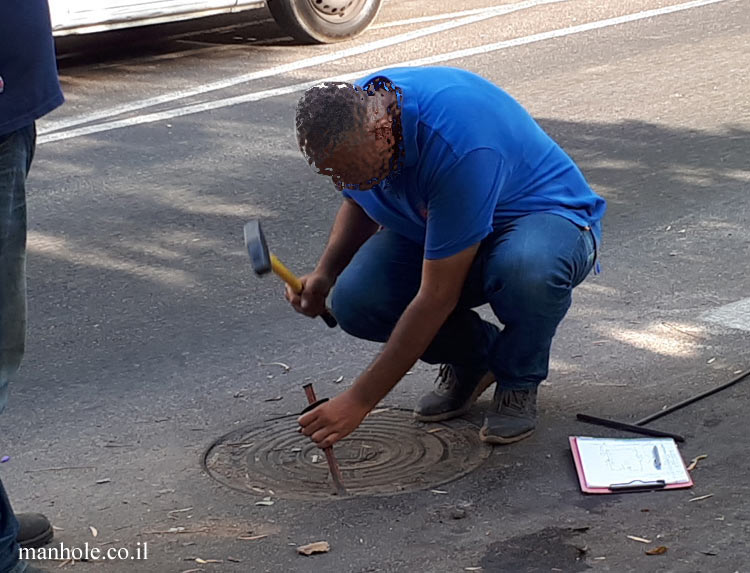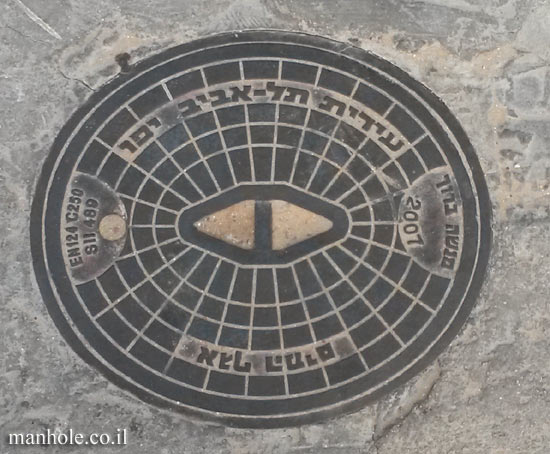
Why manhole covers are round?
One of the common questions is: why do sewage (and other) covers are round.According to the site statistics page, the most common form is a square, although to tell the truth, a large part of the square covers are actually a round lid surrounded by a square frame. So if we include these covers, the round shape is the dominant one.
There are several theories of the "round lid" fact.
- One of them is that a round shape best stands with loads and pressures.
- Another theory says that it is simpler to produce circular shapes, and because of their heavy weight, it is also easier to move them from place to place.
- Another fact, which I think is the main one (and explains why even in the case of square lids, many times are round caps surrounded by a square frame), a round lid will never fall into the hole, unlike other shapes (square cover if placed vertically at 45 degrees can fall into the hole.
Here are the common shapes:
Circle (round)
One of the most common shapes, that is mainly used when the cover is located on the road and not on the sidewalk. For the simple reason that it is difficult to fit the curbstones into the shape of the lid (when the sidewalk is covered with tiles).
In many cases where you want to lay a rounded lid in a cobblestone pavement, you may sometimes use a frame that surrounds the circle, as will be described below.
Square
One of the most common shapes, that is mainly used when the cover is located on the sidewalk since it is easy to adjust the sidewalk's tiles to the square shape.
In many cases a round or elliptical cover is surrounded by a square frame as will be described later.
Ellipse (oval)
Less common shape due to its less symmetric shape compared to square or circle. In many cases this covers comes with an handle used to lift the lid.
In many cases where an oval cover is put on a sidewalk a rectangle frame is added as will be described later.
Hexagonal
A rather rare shape that is useful if several hexagonal covers are placed next to each other, but in the meantime we have found these covers only in a single way. .
Circle or Ellipse enclosed in a square frame
As noted, round or oval covers are difficult to place on tiled sidewalks because of the problem of matching the square tiles to the round shape. In order to overcome this problem those covers are inserted inside a square frame.
In the following 2 images there is an example of the same circular lid that appears on its own and with a square frame.
Metal
Metal caps are perhaps the most common covers. There are many reason for the popularity of metal: its durability, the easiness of making complicated shapes (circle, oval). Naturally we (the site) prefer this kind of material since you can make spectacular and attractive patterns.
Concrete
Concrete coverings are simpler and are usually not on the roads but in places designated only for pedestrians, especially in gardens, but also on sidewalks. .
Concrete with metal frame
Sometimes concrete caps will appear with a metal frame (this is true for both round and square caps). This frame, which is intended mainly for placing the lid in places where a metal lid is usually used, is also used to write additional information such as the manufacturer's name, standard, designation and more."Chameleon"
A type of lid that usually appears as a concrete lid with a metal frame is a lid that tries to blend in with its environment. Click for all covers of this form.The average diameter of a lid (round) usually ranges between 30 and 60 cm, while the square cover is between 40 and 70 cm. The weight of the covers ranges from 20 to 190 kg.
The following table shows measurements of common cover types:
| Load | Diam. | Dim. | Kg | Shape | Material | |
| A50 | 30 cm | 40X40 cm | 20 Kg | Square | Metal | |
Sample cover: 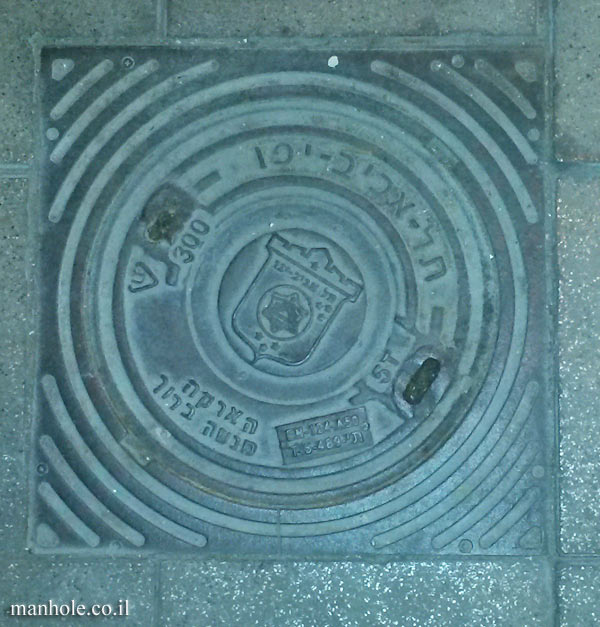 |
||||||
| A50 | 40 cm | 50X50 cm | 30 Kg | Square | Metal | |
Sample cover:  |
B125 | 50 cm | 35 Kg | Square | Concrete | |
Sample cover:  |
||||||
| B125 | 50 cm | 55 Kg | Circle | Metal | ||
Sample cover: 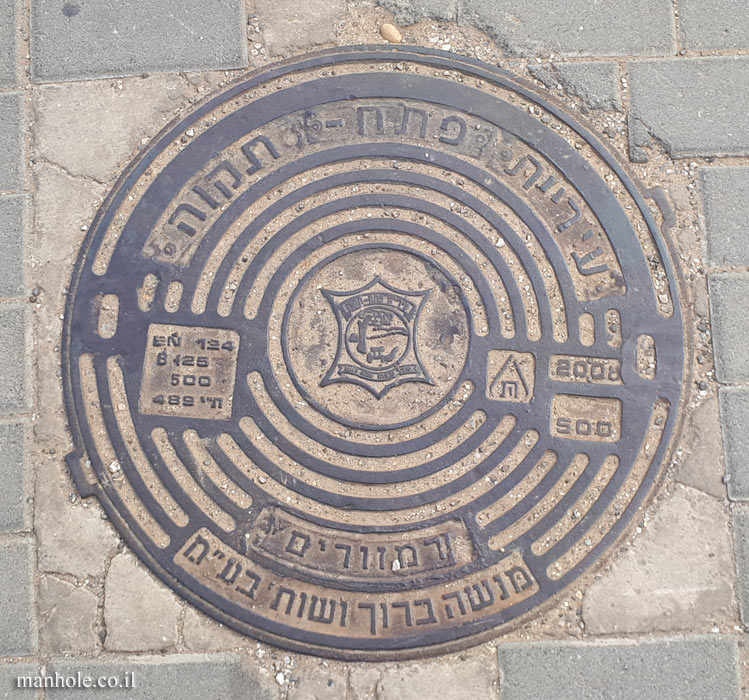 |
||||||
| B125 | 50 cm | 60X60 cm | 65 Kg | Square | Metal | |
Sample cover:  |
||||||
| D400 | 60 cm | 100 Kg | Circle | Metal | ||
Sample cover:  |
||||||
| D400 | 60 cm | 70X70 cm | 140 Kg | Square | Metal | |
Sample cover:  |
||||||
Lifting handle
This form of lifting is mainly found in elliptical caps, where a handle is placed in the center of the lid.
Folding cover
Many quadratic or rectangular squares are sometimes composed of two triangles, with the opening form being a single triangle lift (either by lifting holes or by special instruments).
In addition, there are many different devices that try to perfect the lifting process, including strong magnets (for metal covers), types of cranes and more. .
EN124
Gully tops and manhole tops for vehicular and pedestrain areas
The European standard for covers used in places where pedestrians and urban transport.
Click to view the Standard.
Drain covers and covers for control chambers for vehicle and pedestrian areas
Standard of the Israeli Standards Institution: This standard applies to drain openings and covers to control cells with a free opening of up to 1000 mm, and they are designed for installation in areas where there is movement of pedestrians and / or vehicles. On the ground and on drain openings in the floor, roof or buildings. The purpose of the European Standard is to set definitions, species, materials, design and testing requirements, marking and quality control of lids for drainage openings (From the standard page in the Standards Institution of Israel web site)
Click for the list of standards in the site
Load-resistant
The covers are divided into categories according to their capacity to withstand loads. These categories are marked A to F, where A specifies the lids intended to withstand the light load and F at the highest loads. The letter is usually accompanied by a maximum weight that the lod can withstand in Kilo Newton units (apx. 100 Kg). For example, the C250 represents a C-class cover that can carry a load of up to 250kN which are close to 25 tons (25,000 Kg).| A | Areas used by pedestrians and bicyclists only (eg gardens and parks), a common mark for this category is A15, which indicates a lid capable of carrying a load of 1,500 kg. |
| B | Areas used by pedestrians (sidewalks) or car parking, a common mark for this category is B125 indicating a lid capable of carrying a load of 12.5 tons. |
| C | In pavement, a standard marking for this category is C250, which indicates a lid capable of carrying a 25 ton load. |
| D | Roads and sidewalks, suitable for all types of vehicles, a common mark for this category is D400, indicating a lid capable of carrying a load of 40 tons. |
| E | Places where heavy weight tools such as ports and airports are passed, a common mark for this category is E600, indicating a lid capable of carrying a load of 60 tons. | F | Places where very weighty tools, especially airports, pass through. The common mark for this category is F900, indicating a lid capable of carrying a load of 90 tons. |

